
Developer: TRAGsoft
Publisher: Freedom Games
Platform: Switch, PC, iOS, Android
Tested on: Switch
Coromon – Review
If, in an alternate timeline, Game Freak had decided to stick closer to the DS-era Pokémon games, then the series could have evolved into something pretty close to Coromon, the subject of today’s review. Yes, we’re looking at perhaps the most blatant Pokémon clone we’ve ever laid our eyes on, so it’s pretty much impossible not to compare Coromon to the games that it heavily “borrows” from. But as the old adage goes: “Good artists copy, great artists steal.”
Story
The narrative is the first instance where Coromon deviates itself from the classic Pokémon formula. There are no ten-year-old kids that set out to defeat gym leaders and take on the Coromon league here. Instead, your self-inserted character is the latest recruit for Lux Solis, an organization tasked with researching Coromon. That’s right, instead of playing as a kid, this time you get to be an adult with an actual job, as a battle researcher. The story that unfolds also takes a wildly different direction, which sees you track down the six elemental Titans to gather their essence in order to prevent a mysterious alien race from pulling what seems to be an evil scheme -we’re not going to delve too deep into the plot as we feel like we’ve already said too much by mentioning these aliens. Coromon is a far more story-driven experience than your typical Pokémon title and it’s best experienced for yourself. The writing is a cut above what we expected, and it’s filled with pop culture references ranging from memes to the lyrics of Weird Al Yankovic’s Amish Paradise.
Graphics
The vibrant, pixelated graphics seen in Coromon resemble the art style of Pokémon Black & White to a certain degree, and although we’ve grown tired of pixel art, we have to admit that it just works for the kind of game that Coromon wants to be. There’s also a character creation tool for your overworld sprite and you’ll find that your character occasionally obtains new outfits and accessories, some of which are relevant to the plot, so it’s a nice touch to see tiny details change on your sprite. This does come at the cost of the game not implementing larger character sprites in battle scenes. As for the Coromon themselves, these aren’t as inspired or memorable as actual Pokémon, although there are several designs in there that are definitely great looking.
Sound
The music carries the same vibe as that of early Pokémon titles, albeit with a higher fidelity. One of the more memorable tracks is the music that plays when you encounter a wild monster -which is a good thing as you’ll be hearing plenty of it- but the remainder of Coromon’s OST features plenty of tracks that capture the right atmosphere. We also enjoyed how the game has the Coromon say their names rather than relying on Game Boy-esque sounds for their cries. Take note, Game Freak! There is no voice acting for the human characters though, which is understandable but also a bit disappointing.
Gameplay
It shouldn’t come as a surprise that Coromon shares the majority of its gameplay DNA with the Pokémon series. There have been other Poké-clones in the past, like Nexomon or Temtem but none of these have felt as close to Game Freak’s massively successful franchise as this game. If anything, Coromon resembles a fan-made romhack more than something that was built from scratch, although it also introduces new concepts and builds on the foundation laid by its more famous predecessor rather than offering up a carbon copy. We’re going to assume that if you have any sort of interest in Coromon, you’re already familiar with the basics of Pokémon‘s gameplay, so we’re not going to repeat those here. If Pokémon is completely new to you, then you should probably give Brilliant Diamond & Shining Pearl a go before delving into Coromon, as these are the Pokémon titles currently available that most closely resemble the gameplay era that Coromon is attempting to emulate.
As Coromon‘s gameplay is roughly 80% identical to that other monster-catching title, we’ll be focusing on the 20% where things are different for the purposes of this review. There are some tweaks to the battle mechanics, for better or for worse, depending on your playstyle. For example, moves don’t use PP but a shared pool of stamina points which can be replenished by taking a turn to rest during a battle. There is a completely different type chart as well: normal-type Coromon are weak to poison attacks, for example, and fire-type monsters resist heavy-type attacks, which are the equivalent to fighting-type Pokémon moves. There are only seven types of Coromon in the game -although there are 13 attack types- and if you’re a bona fide Pokémon veteran, it may take some time to readjust your understanding of how weaknesses and resistances work. Take Silquill, for example, which is Coromon’s equivalent to Pidgey. You’d expect it to be weak to electric attacks, but as a pure normal type, these do neutral damage instead. Thankfully, you can simply pull up a chart with an enemy Coromon’s weaknesses and resistances at any given time in battle.
Perhaps the most innovative feature -and the one that older Pokémon fans have been clamoring for for years- is the way the game’s overall difficulty level can be customized early on in the game. There are a couple of preset difficulty levels -including one that mimics the popular Nuzlocke rule set- but you can tweak things to your liking. You may want an easier run where each Coromon is fully restored whenever it levels up, for example, or a randomized evolution for each monster. Combined with the option to skip all the early game tutorial stuff, you’ve got a game that is built with replayability in mind. The game is structured around a main storyline, but there are side quests and minigames to be found here as well, and a particularly nice touch is that you can actually check which side quests you’ve started in your logbook at any time.
The final major innovation that we liked in Coromon is how “shiny” Coromon are handled. Every Coromon is assigned a Potential Value, comparable to the IV’s of a Pokémon. These PV’s are a way of rating how “good” a Coromon is in terms of stats, and they range from 1 to 21. A Coromon with a PV of 1 to 16 is considered a “normal” version of the monster, while a PV of 17 to 20 is considered “potent”. Potent Coromon are a lot rarer, appearing at a 1 to 35 ratio. They are easily identifiable in battle, as -just like shiny Pokémon- they have an alternate color scheme. Then there are “perfect” Coromon, who have the maximum PV value of 21. They have yet another color scheme and are exceedingly rare, appearing at a rate of 1 in 3194. There are ways to boost the odds of these rare monsters appearing, but anyone looking to complete their Coromon logbook will still have their work cut out for them, as each of the three variants has its own page. However, given that “shininess” is tied directly to a Coromon’s stat total, it’s probably worth it to track down these rare variants.
It all adds up to a decent take on Game Freak’s classic Pokémon formula that is definitely worth checking out if you feel like recent Pokémon titles have strayed too far from the DS-era gameplay. That said, Coromon isn’t a perfect game -the pacing of the story occasionally felt off, and especially in the early game, it feels like it takes ages before the gameplay gets going, with battles taking a bit too long for our liking. Once you make it past the first Titan, Voltgar, a point in the game that took us roughly six hours to reach, the pace picks up, fortunately. The game also felt a bit limited when it comes to monster variety and attacks. We picked the ice type monster Cubzero as a starter, because we were lucky enough to be handed a potent one and it’s considered the most all-round option, but we felt like having the water type Nibblegar would’ve carried us through the first few hours easier due to type advantages. Despite the limited number of types, we didn’t run into a water Coromon until quite late into the game. A better spread of available types could’ve really made our run more enjoyable.
Conclusion
If you’re a fan of the Pokémon games of the DS-era (up to Black 2 & White 2), then Coromon is a title to consider picking up. It never quite reaches the same heights as what the original has to offer, and the monsters themselves aren’t as memorable by a long shot, but what the game does do quite well is scratch that monster-catching itch that you might feel after having completed Legends: Arceus. Given that November’s release of Pokémon Scarlet and Violet is still quite some time away, you might want to take a look at TRAGsoft’s offering to feed your monster-catching addiction in the meantime.
Coromon - Review,
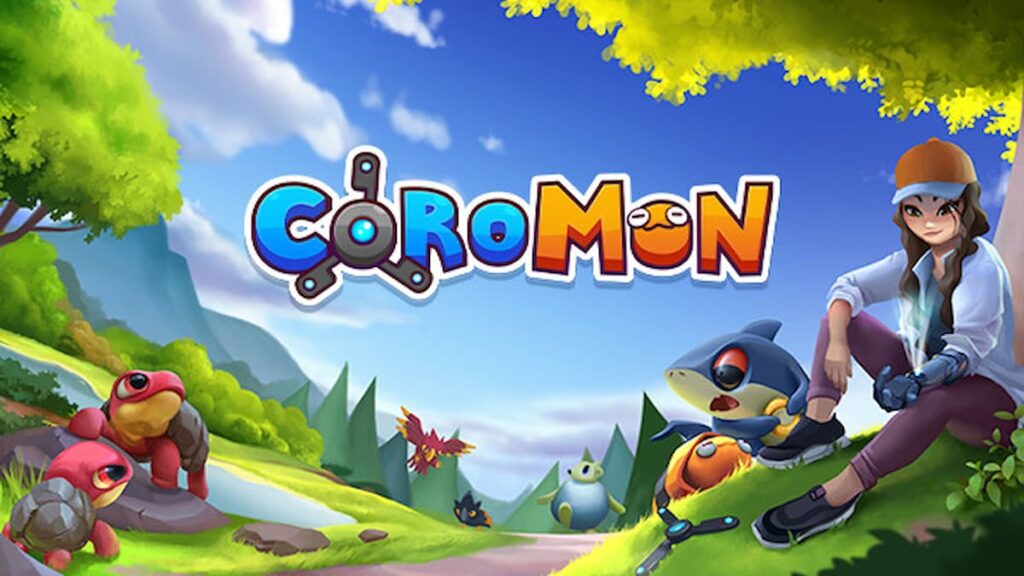
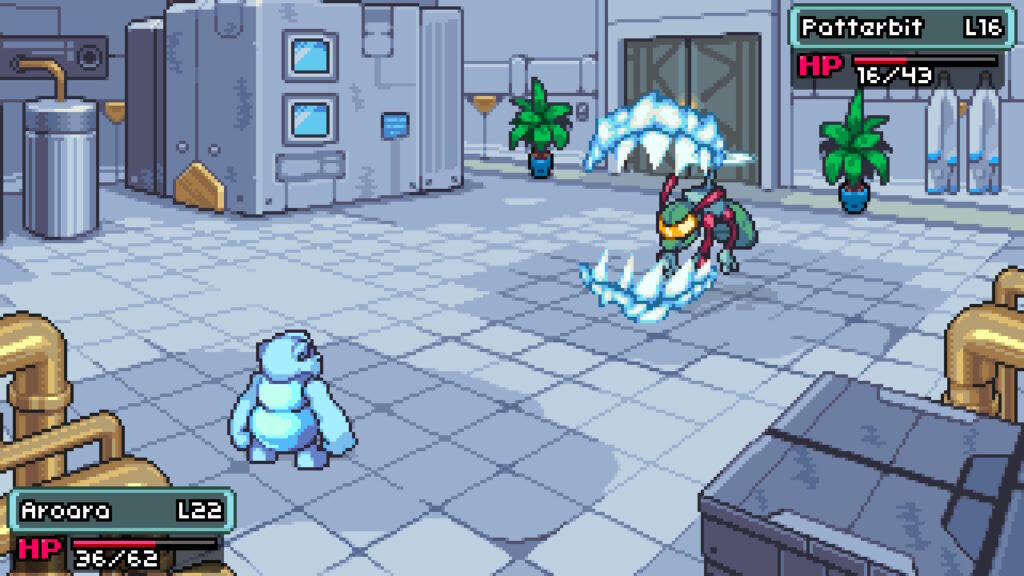
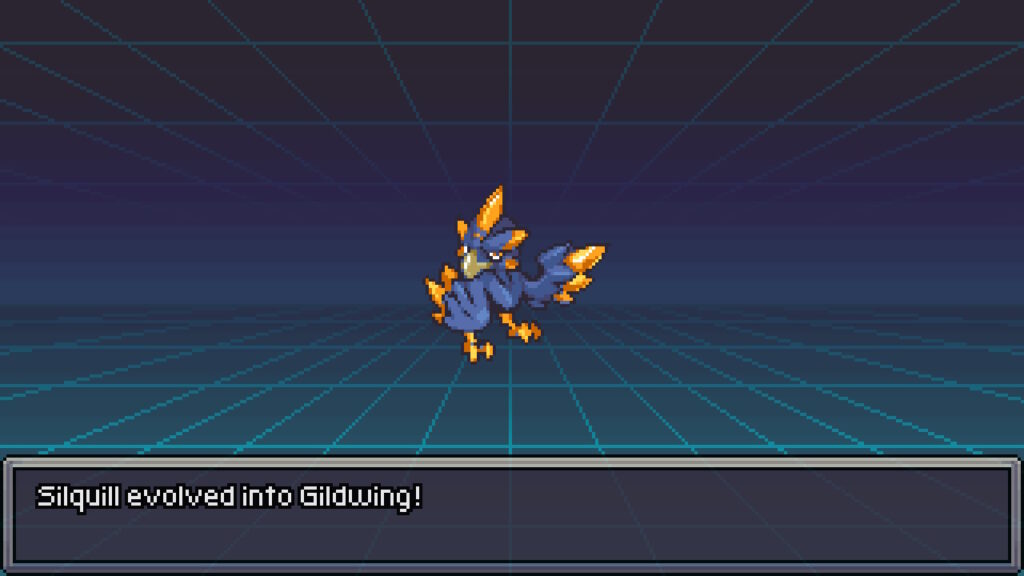

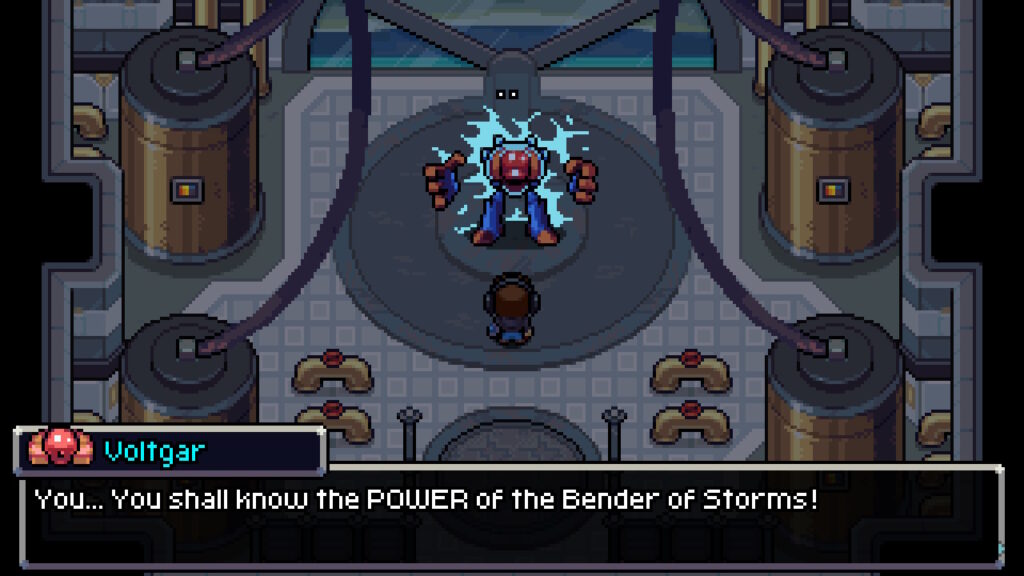

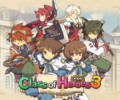
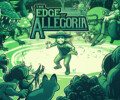

No Comments